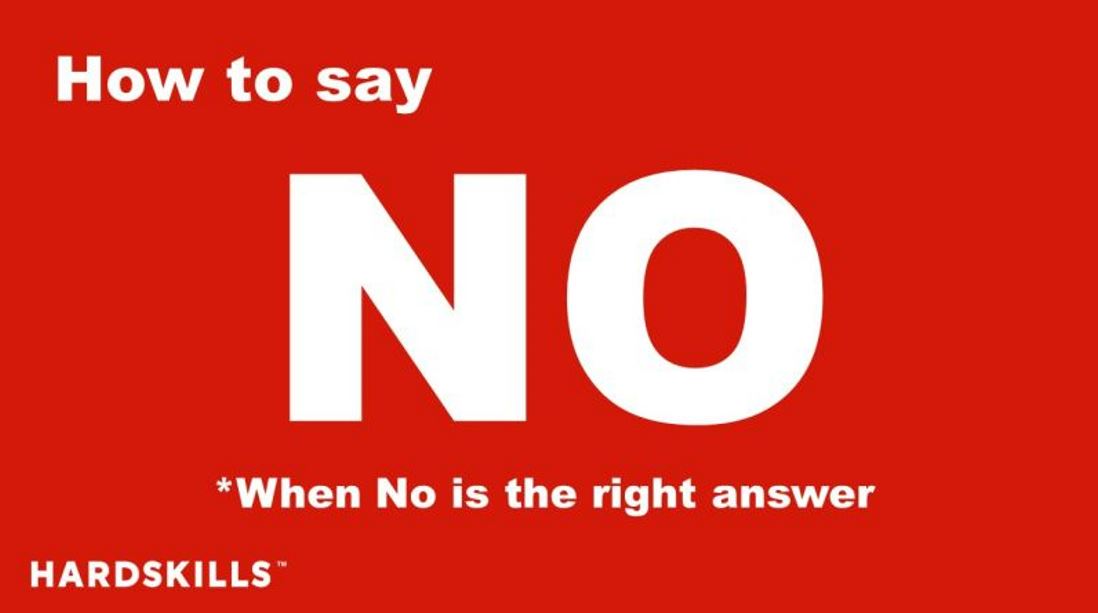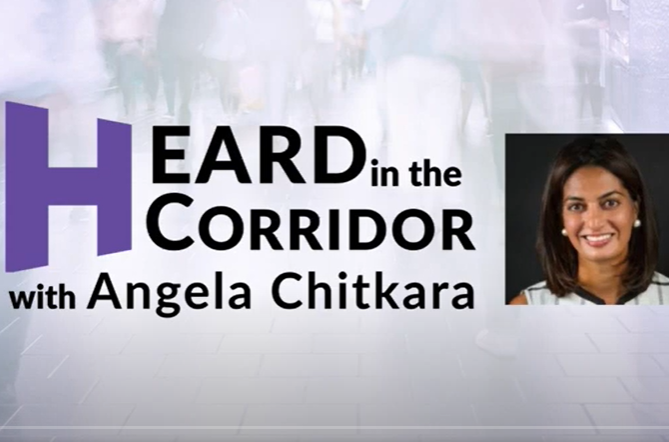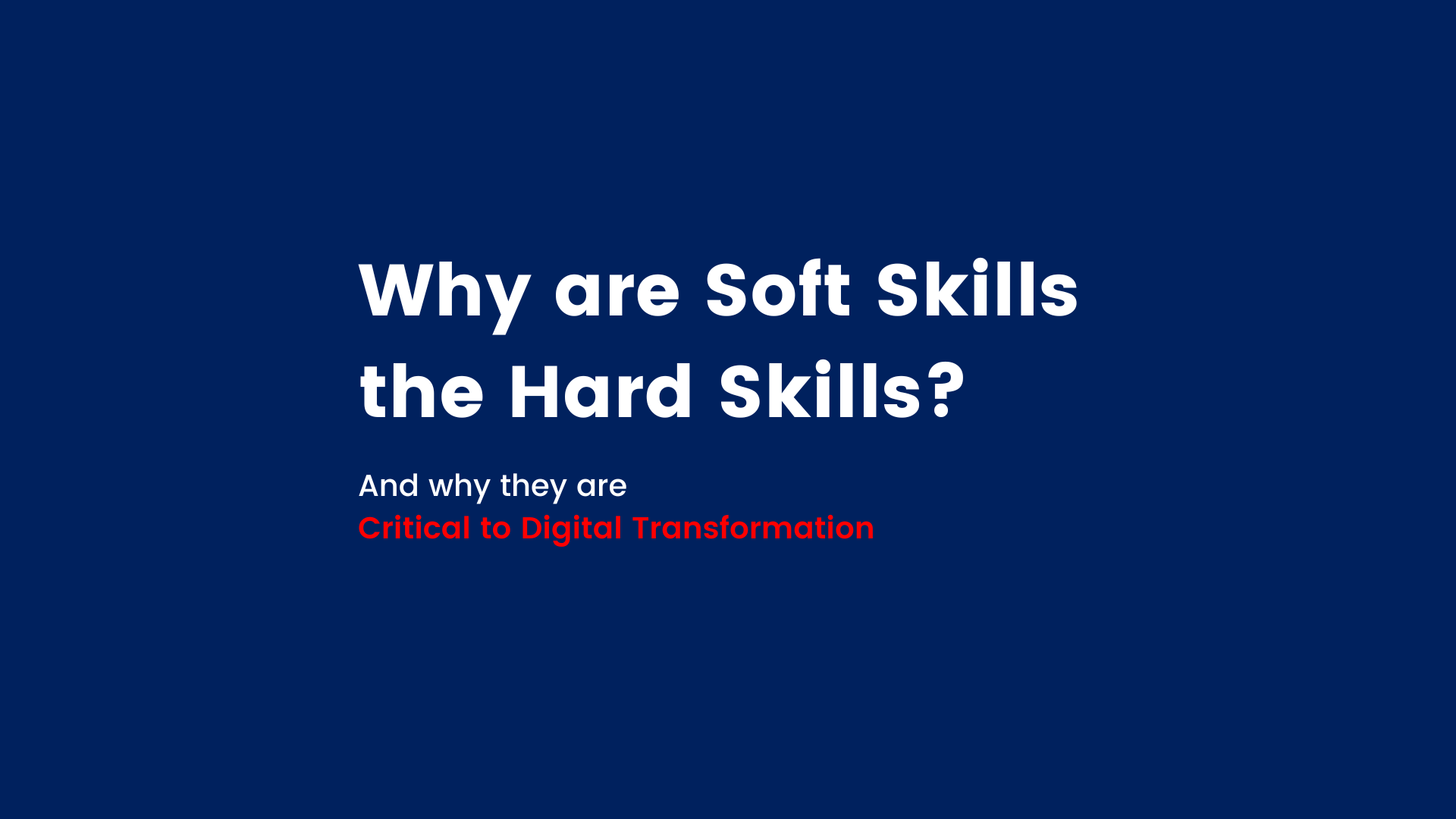
Many people struggle to say NO even when No is the right answer. How to Say No is one of the most popular modules within our online Global Business Skills (GBS) course and I’m reminded why that is with the furor over Simone Biles decision to say no to competing at the Olympics.
Young executives and managers often face the issue of How to say No to demands from senior managers or clients in situations such as when they know that accepting an assignment will jeopardise a current assignment. Mostly they muddle on when a more direct communication with parties involved would benefit the enterprise as a whole.
After all, High-Performance Teams such as those in aerial acrobatics display, F1 motor racing and Michelin starred kitchens know that the ability to say No as part of a team can be the difference between life and death or reputation. If a mechanic says yes when unsure of a technical upgrade or a Chef’s assistant is not honest about an ingredient then things can go badly wrong.
Simone Biles has set a powerful example of having the courage to say No when No was clearly the right answer. As the superstar that she is, who has taken her sport to new levels of technical performance, no one knows better than her as to what mindset she requires to execute her skills in what is an extremely dangerous sport.
In the business arena many people find it difficult to say no when it is the right answer. That is why the practical training we give people in our GBS course of How To Say No without using the word No is so popular.
The ability to directly communicate or not has multiple inter-related ramifications for time-management, prioritization, focus and overall ability to deliver.
It’s a core professional Operating Behaviour required for Today’s World of Work & Digital Transformation.

How to say NO when NO is the right answer
Many people struggle to say NO even when No is the right answer. How to Say No is one of the most popular modules within our online Global Business Skills (GBS) course and I’m reminded why that is with the furor over Simone Biles decision to say no to competing at the Olympics.
Young executives and managers often face the issue of How to say No to demands from senior managers or clients in situations such as when they know that accepting an assignment will jeopardise a current assignment. Mostly they muddle on when a more direct communication with parties involved would benefit the enterprise as a whole.
After all, High-Performance Teams such as those in aerial acrobatics display, F1 motor racing and Michelin starred kitchens know that the ability to say No as part of a team can be the difference between life and death or reputation. If a mechanic says yes when unsure of a technical upgrade or a Chef’s assistant is not honest about an ingredient then things can go badly wrong.
Simone Biles has set a powerful example of having the courage to say No when No was clearly the right answer. As the superstar that she is, who has taken her sport to new levels of technical performance, no one knows better than her as to what mindset she requires to execute her skills in what is an extremely dangerous sport.
In the business arena many people find it difficult to say no when it is the right answer. That is why the practical training we give people in our GBS course of How To Say No without using the word No is so popular.
The ability to directly communicate or not has multiple inter-related ramifications for time-management, prioritization, focus and overall ability to deliver.
It’s a core professional Operating Behaviour required for Today’s World of Work & Digital Transformation.





.png)


